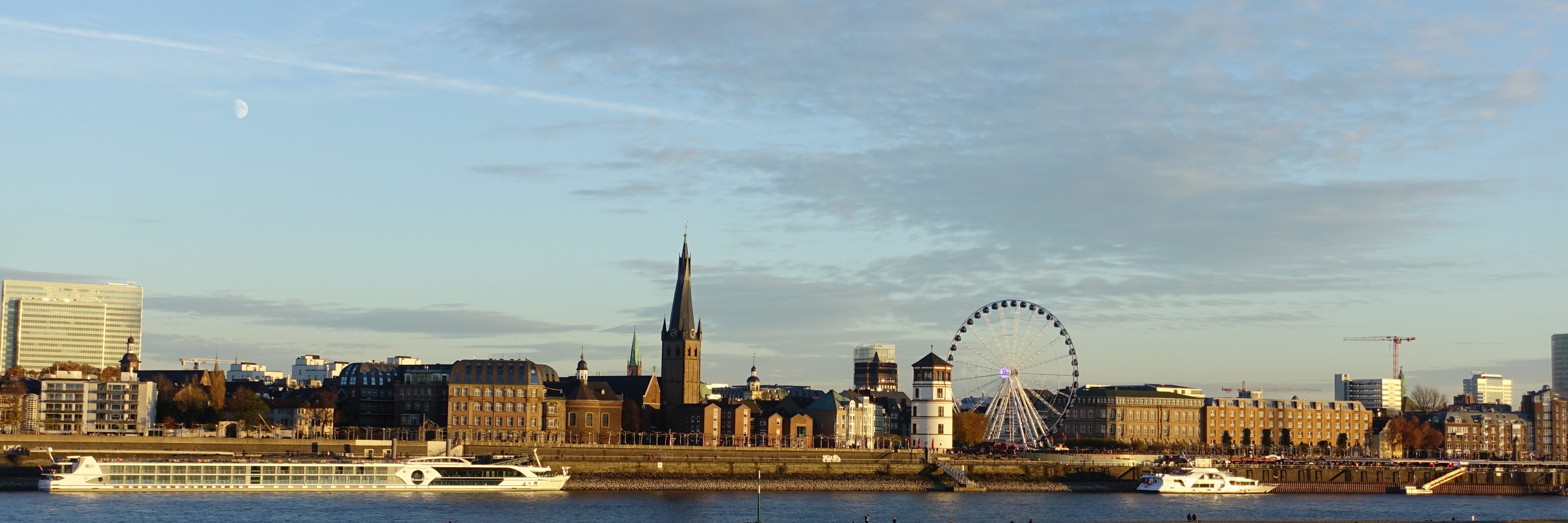Yesterday I decided to take in some fall foliage, so I headed to the Düsseldorf Nordfriedhof (g)(North Cemetery), a large and nicely-landscaped idyll. It's the resting place of Arno Breker, among other minor celebrities. The cemetery is very easy on the eyes this time of year:
I also dropped by the "Israelite Cemetery", located in a fenced-off area in the northeast. I was anticipating mouldering, antique graves, as is usually the case in Jewish cemeteries in Germany. Imagine my surprise when I see this modern chapel at the entrance:
There is an old section of the Jewish cemetery, of course:
I was surprised to find out, however, that the Jewish cemetery is actually dominated by modern, well-maintained graves of people who died from the 1960s to 2011:
There were at least 10 people there on this warm Fall day wandering around or depositing flowers. Many of the graves were of Jewish emigres from the Soviet Union or Russia — the advisory near the entrance telling men to wear head coverings on the grounds of the cemeteries was printed in both German and Russian. But most of the graves seemed to be from German Jews who either survived the Holocaust or returned to Germany at some point. Apparently Düsseldorf has the third-largest Jewish community in Germany, with some 7,500 members (g).
